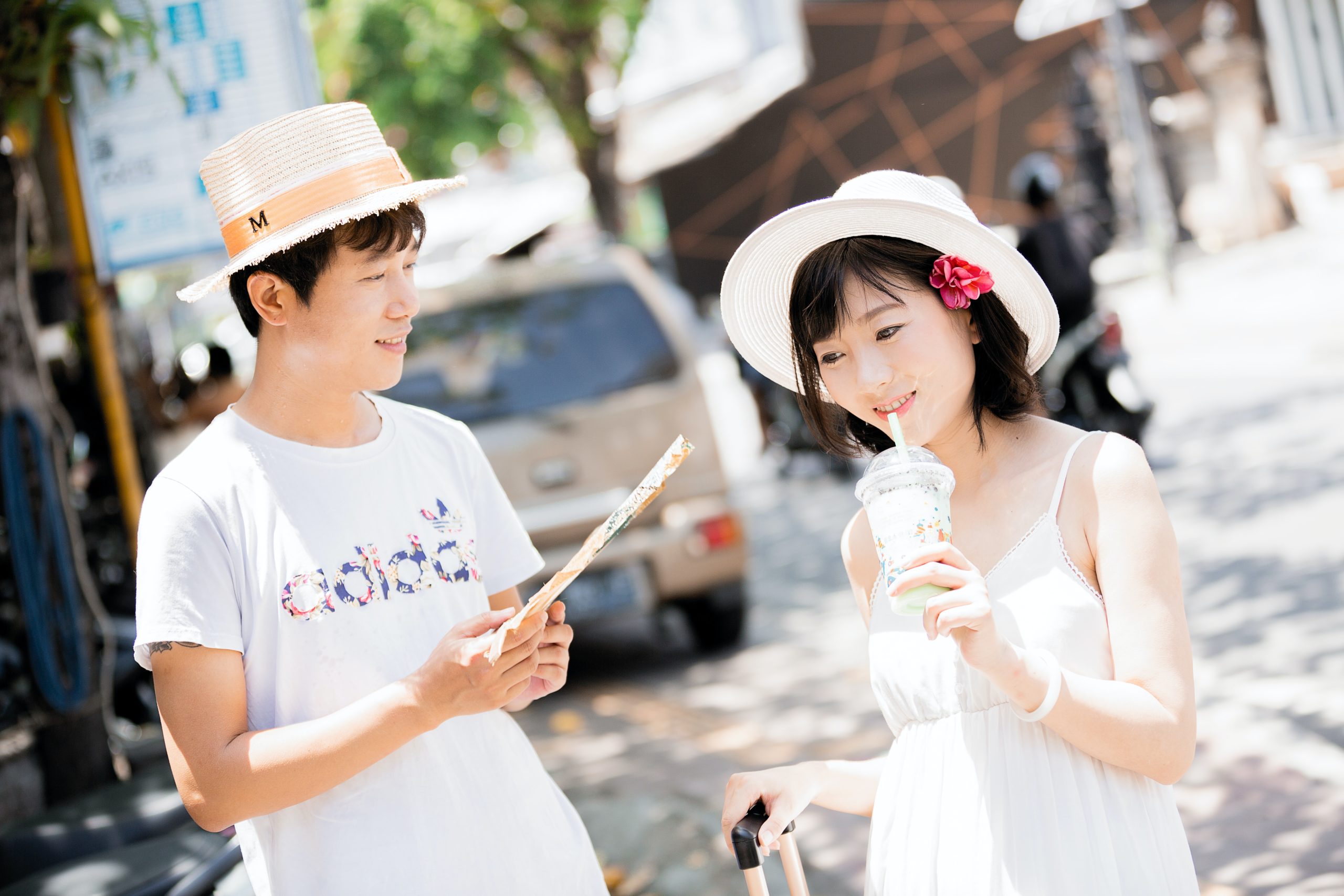Western Valentine’s Day Traditions
Last Sunday was Valentine’s Day on February 14. It was also the third day of the Chinese Lunar New Year.
As it was also our wedding anniversary, my husband and I had a triple reason to celebrate the day. Hence, it was a good opportunity to talk about traditional Chinese culture and Chinese Valentine’s Days traditions.
I received flowers—a lovely bouquet of deep warm orange tulips. And my husband got his favorite heart-shaped European chocolates.
So, why do tulips symbolize? Tulips represent lasting and enduring love in traditional Western culture. Orange tulips symbolize deep appreciation and understanding between two people in a relationship.
A bouquet of orange tulips signifies unconditional positive regard and spiritual connectedness between two people. Hence, tulips are ideal to give to your spouse, children, parents, siblings, or close friends.

To celebrate the day, we visited a Chinese restaurant that we had not been to before. The name of the place, Tao’s Restaurant, soon sparked off conversations about the way of the Tao and traditional Chinese culture.
Being a Westerner, my husband mused about whether or not ancient Chinese people celebrated Valentine’s Day. He wondered if there’s any equivalent of Valentine’s Day in traditional Chinese culture.
So, Do Chinese Celebrate Valentine’s Day?
The answer is yes. Chinese and Asian people of Chinese ancestry celebrate Valentine’s Day.
You may consider yourself lucky to celebrate Valentine’s Day on February 14. Wait till you find out how many Valentine’s Day traditions the Chinese people observe.
In our contemporary society, the Chinese celebrate Valentine’s Day on February 14th. Many also celebrate other romantic Chinese festivities throughout the year.
In fact, Chinese people get to celebrate up to six Chinese Valentine’s Days a year. This gives them plenty of occasions to declare their love and devotion for their beloved.

Six Chinese Valentine’s Days Traditions
The six Chinese Valentine’s Days traditions include festivals from ancient times up to the present. Here is the list for Chinese Valentine’s Days.
There are:
- Lantern or Yuanxiao Festival: (15th day of the Chinese Lunar New Year on February 26, 2021)
- Shangsi Festival: (3rd day of the third lunar month on April 14, 2021)
- White Valentine’s Day: (every year on March 14)
- Wǔ-èr ling: (meaning five-two-zero, which is May 20, yearly)
- Qixi Festival: (7th of seventh lunar month that will be on August 14, 2021)
- Single’s Day: (every year on November 11)
Three of the Chinese Valentine’s Days originate from traditional Chinese culture. These are the Lantern or Yuanxiao Festival, Shangsi Festival, and the Qixi Festival on 7th day of seventh lunar month each year.
You may like to choose to celebrate a few of these Chinese Valentine’s Day traditions.
Valentine Traditions
In traditional Chinese societies, people paid particular attention to various customs and practices. This was especially the case for romantic male-female relationships.
There were different occasions throughout the year for young people to declare their love for each other in traditional societies.
Today, many Chinese and those of Chinese descent throughout the world still observe these traditional festivities.
If you have a Chinese or Asian spouse, or dating one, find out more about these ancient Chinese Valentine’s Days traditions.
Take every opportunity to show your devotion.
Surprise your beloved with what you know about Chinese Valentine’s Days. And consider observing some of these ancient Chinese traditions.

Why Do Chinese Have So Many Valentine’s Days?
Stories from my 19th century China-born grandmother may help to offer with some insights.
Single men and women, especially those from rich and upper class families, followed strict social propriety. It was not possible for unmarried men and women to date or meet each other in private settings.
As such, young Chinese people in traditional societies did not have many opportunities to meet the opposite sex.
To maintain their virtue and chastity, young girls from good families needed to have a chaperone on social outings. This means that they could not freely meet and socialize with men without a chaperone.
It was also customary practice for parents or grandparents to arrange marriages for their children or grandchildren.
Some families sought the help of a matchmaker. Even my parents’ marriage was arranged in this traditional way.
Hence, in traditional Chinese societies, young people did not have many opportunities to meet their loved ones or betrothed. Fortunately, during these festivals that they had a chance to meet each other.
These romantic or Valentine traditions survive and continue to be passed down. Today, many Chinese still observe these ancient festivals, perhaps without the same significance and excitement as for the ancient Chinese.
In a follow-up article, we shall take a closer at the legends surrounding traditional Chinese Valentine’s Days.
NOTE: This post is based on my article that was first published on Dumpling Connection.
 Dr. Margaret TreyAuthor, Researcher & Wellness Advocate
Dr. Margaret TreyAuthor, Researcher & Wellness Advocate






